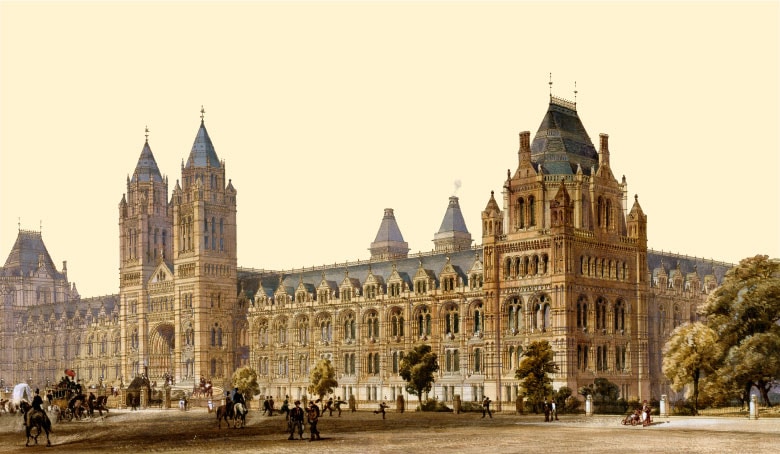

Spanning over five themed galleries, the exhibition begins with the formation of the Natural History Museum during the Age of Reason. Driven by curiosity and a personal passion to understand the world around him, Sir Hans Sloane amassed an impressive and vast private collection that included over 400,000 natural history specimens. Following his death in 1753, this very collection formed the basis of the British Museum.
There, the ever expanding natural history collection began to outgrow its home. Superintendent of the collection and eminent scientist Sir Richard Owen campaigned for the collection to have its own museum and in 1881, the Natural History Museum opened its doors to the public.
|
Highlights
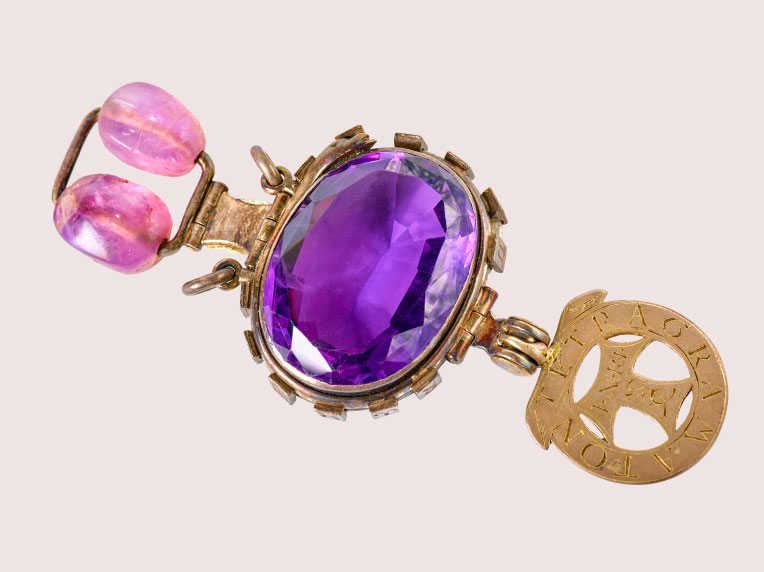
'Cursed' amethyst
Locality unknown
Locality unknown
Gemstones are worn by some people for luck – but not this amethyst. Its owner, Edward Heron Allen, believed it was cursed and kept the stone locked inside a series of seven protective boxes. He tried to throw it away into a canal, but someone returned it. Later he donated the gem to the Natural History Museum, along with a letter warning that it was ‘trebly accursed, and is stained with the blood and the dishonour of everyone who has ever owned it’.

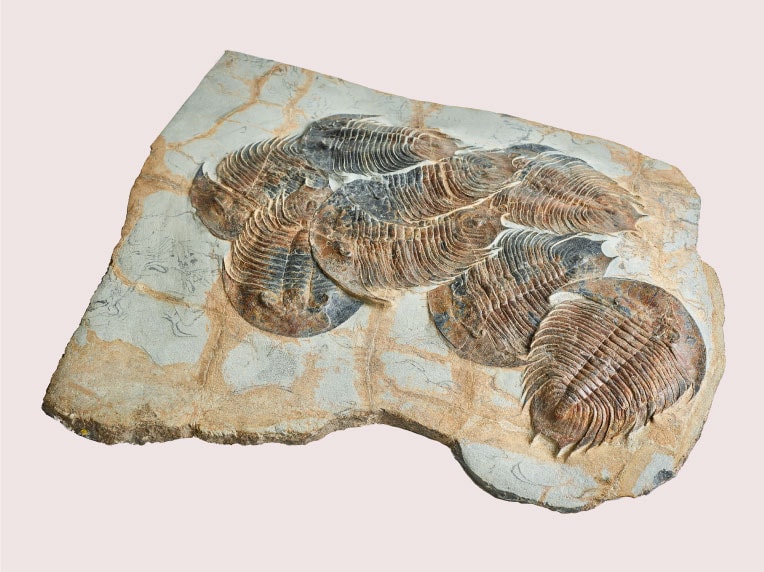
Giant trilobites
Morocco
Late Cambrian Period, around 487 million years old
Trilobites thrived in the shallow oceans in prehistoric times, but this group of giants met rather a grisly end. Scientists think they suffocated during a mass mating event, which, if correct, would give us a fascinating insight into how these trilobites behaved. It may sound unusual to pile up together to spawn, but this is exactly the same behaviour exhibited today by their living relative – the horseshoe crab.
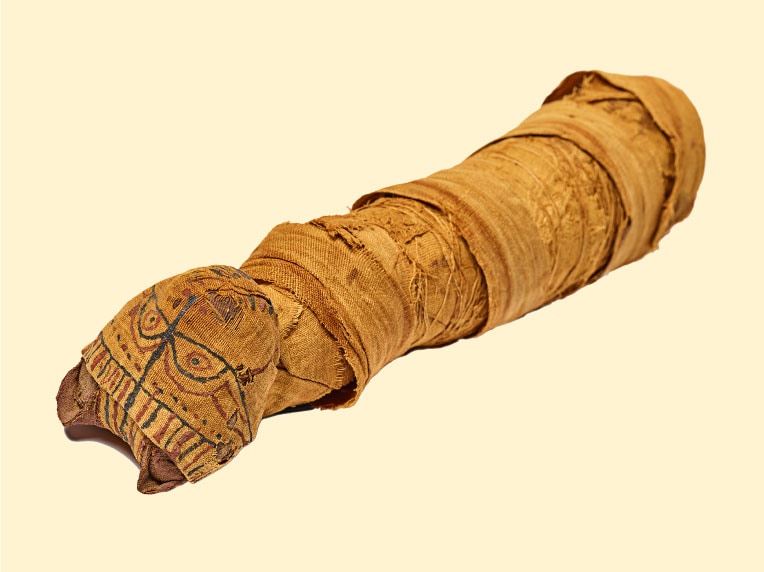
Ancient Egyptian mummified cat
More than 2,000 years old
The Museum has over 250 animal mummies in its collections, all donated by the Egypt Exploration Society in 1907. This rare, early mummified cat would have been an offering to the Egyptian goddess Bastet, who took the form of a cat. English Egyptologist Sir William Matthew Flinders Petrie excavated it in Egypt between 1900 and 1907.

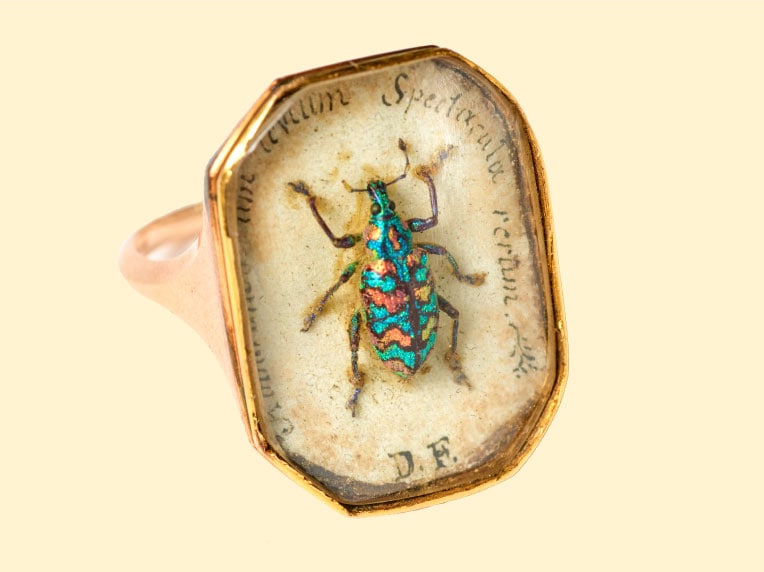
Weevil ring
Hispaniola, Greater Antilles
The Latin inscription on this lavish ring is from the poet Virgil. It reads 'I'll tell of tiny things that make a show well worth your admiration'. The centrepiece is a rare brightly coloured weevil found only on the island of Hispaniola in the West Indies. As part of a craze for collecting plants and animals that gripped fashionable society in the eighteenth century, many people bought jewel-like trinkets such as this.
